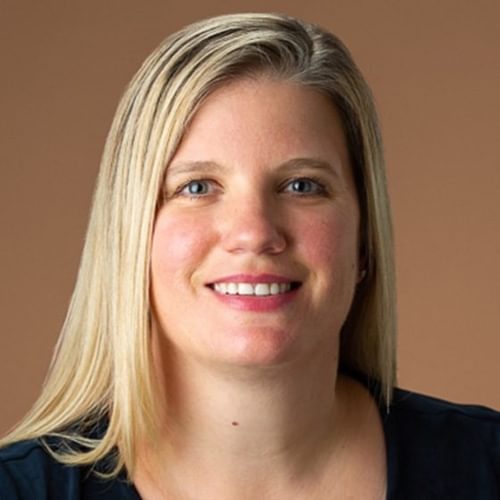- Undergraduate
Bachelor's Degrees
Bachelor of ArtsBachelor of EngineeringDual-Degree ProgramUndergraduate AdmissionsUndergraduate Experience
- Graduate
Graduate Experience
- Research
- Entrepreneurship
- Community
- About
-
Search
All Thayer Events
Jones Seminar: Engineering the Virus-Host Interface for Vaccines and Antiviral Development
May
16
Friday
3:30pm - 4:30pm ET
Spanos Auditorium/Online
Optional ZOOM LINK
Meeting ID: 923 9477 7186
Passcode: 501051
There are 1.6 million mammalian and waterfowl viruses (Bull.WHO, 2018; 96:292). Even though only a miniscule set of these are known to infect humans, the potential that additional zoonotic viruses exist is high. It is a continual evolutionary battle between the host and the virus to thwart infection and disease. Moreover, the natural evolution of viruses is rapid and hard to predict. Our best defense against viral illness is to train our immune system to recognize a threat before exposure. Without vaccine exposure, antiviral compounds are our next recourse to prevent disease. Our team has developed two novel approaches for developing vaccines and antivirals that will be highlighted in this presentation.
First, in the design and development of a new vaccine platform, we use synthetic biology and engineering to build a proteo-lipid nanoparticle that is easy to synthesize, tunable in antigen(s) presentation, nonvirulent, and eliminates cell production currently required to generate both VLP vaccines or the expression of the antigen from mRNA lipoparticles. We have achieved the successful cell-free synthesis of Nipah virus viral coat proteins embedded into lipid vesicles using this synthetic biology approach and show that the nanoparticles we created elicit neutralizing antibodies in mice. The cell-free synthesis approach is agnostic to the viral antigen; we have also successfully synthesized into lipid vesicles the full transmembrane Spike protein from coronavirus and hemagglutinin from influenza. This cell-free synthesis approach enables molecular-level modification that can be guided by computational and data-driven design approaches, leading to a modular approach to vaccine optimization. Cell-free manufacture is easily scaled up for rapid production during outbreaks.
Second, our team has created a new drug screening platform that re-creates the biological virus host cell entry pathway "on chip." Viral infection begins when a virus particle breeches the host plasma membrane and successfully delivers its genome into that cell. Virus particles are responsive to their environment and use cues from it to adapt and successfully time the entry process into the host cell. We built an electronic biomembrane sensing platform that recreates the multifaceted and sequential biological cues that give rise to distinct virus host cell entry pathways and reports the progression of entry steps of these pathways as electrical signals. Within these electrical signals, two necessary entry processes mediated by the viral Spike protein, virus binding and membrane fusion, can be distinguished. Our device has no living cells, and our assay design faithfully replicates the biological cues governing virus response and the selection of distinct entry pathways, mirroring natural occurrences. We validate this platform's authenticity using SARS-Cov-2 and influenza and demonstrate inhibition of viral entry processes by small-molecule drugs and antibodies.
Hosted by Professor Jiwon Lee.
About the Speaker(s)
Susan Daniel
Professor of Chemical Engineering, Cornell

Susan Daniel is the Fred H. Rhodes Professor of Chemical Engineering and the William C. Hooey Director of the Robert Frederick Smith School of Chemical and Biomolecular Engineering at Cornell University. Her research team strives to understand phenomena at biological interfaces and chemically patterned surfaces that interact with soft matter: liquids; polymers; and biological materials, like cells, viruses, proteins, and lipids. Her team pioneered "biomembrane chips" to conduct cell-free, biophysical studies of mammalian, bacterial, and plant cell membranes, and recently merged this technology with organic electronic devices for expanded sensing capabilities. She is a fellow of the American Association for the Advancement of Science, the American Institute for Medical and Biological Engineering, and the National Science Foundation Career Award. She has published in Science, Proceedings of the National Academies of Science, and other top journals.
Contact
For more information, contact Amos Johnson at amos.l.johnson@dartmouth.edu.
